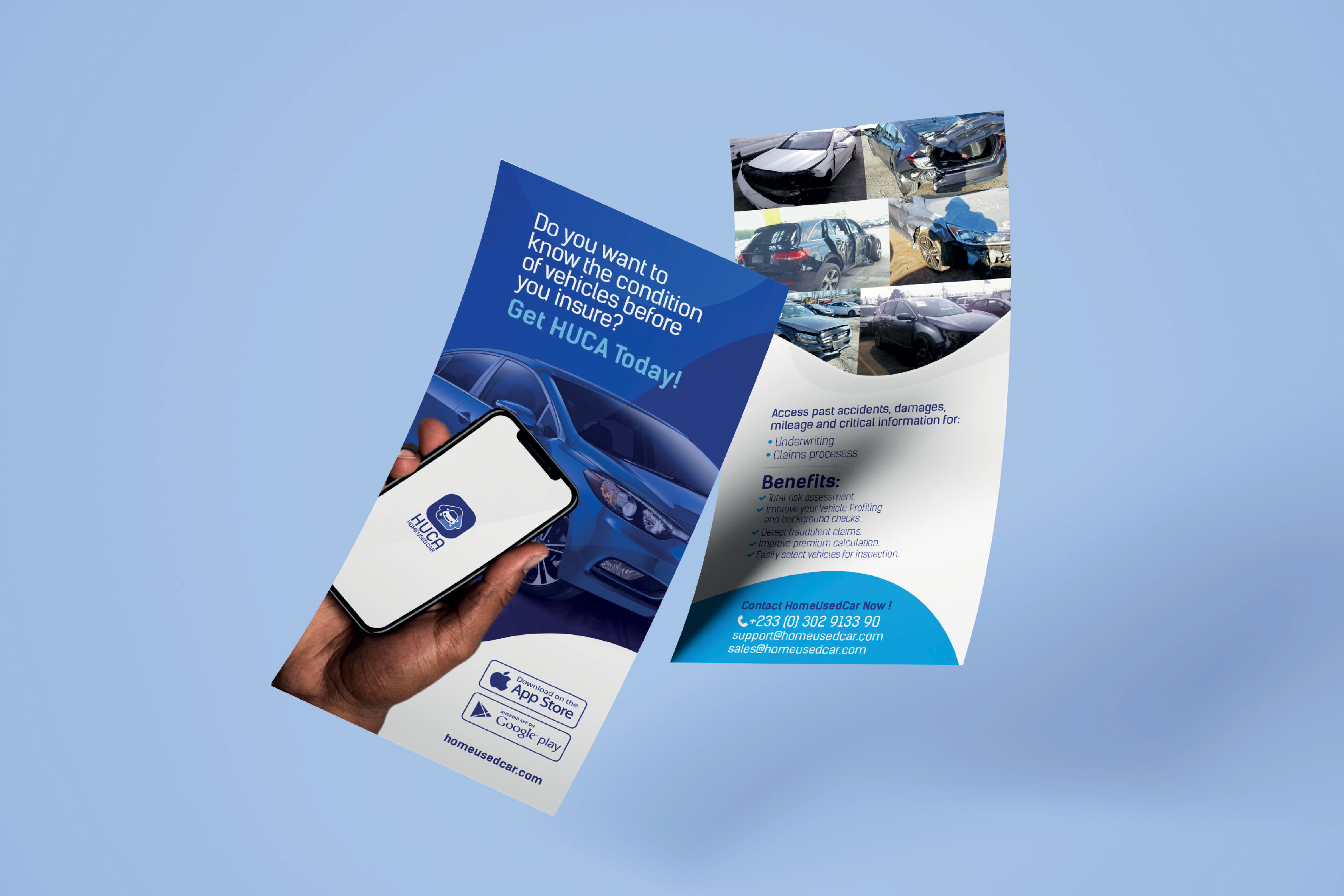In today’s highly competitive market, building a strong brand identity is essential for any business looking to stand out and connect with its audience. A cohesive brand identity helps convey your company’s values, mission, and personality, creating a memorable impression on consumers. This article will guide you through the process of creating a cohesive brand identity, focusing on key elements like logo design, color schemes, and typography.
What is Brand Identity?
Brand identity is the collection of all visual and non-visual elements that represent your brand. It encompasses everything from your logo and color palette to your tone of voice and customer interactions. A strong brand identity ensures consistency across all touchpoints, helping to build trust and recognition among your target audience.
The Process of Building a Strong Brand Identity
1. Define Your Brand
Before diving into design elements, it’s crucial to understand your brand’s core values, mission, and target audience. Ask yourself the following questions:
What are our core values and mission?
Who is our target audience?
What differentiates us from our competitors?
What emotions do we want our brand to evoke?
This foundational understanding will guide all subsequent steps in creating your brand identity.

2. Logo Design: The Face of Your Brand
Your logo is often the first visual element people associate with your brand. It’s a symbol that encapsulates your brand’s essence and makes a lasting impression.

Tips for Effective Logo Design:
Simplicity: A simple logo is more memorable and versatile. It should work well across different mediums and sizes.
Relevance: Ensure your logo reflects your brand’s values and industry. It should resonate with your target audience.
Versatility: Design a logo that looks good in both color and black-and-white formats. It should be scalable without losing clarity.
Timelessness: Aim for a logo that can stand the test of time rather than following fleeting design trends.
Consider hiring a professional designer to create a logo that effectively represents your brand and captures its unique personality.
3. Color Schemes: Creating Visual Harmony
Color plays a vital role in brand identity. It influences perceptions and evokes emotions, making it a powerful tool for communication.
Choosing the Right Color Scheme:
Understand Color Psychology: Different colors evoke different emotions and associations. For example, blue often conveys trust and professionalism, while red can evoke excitement and urgency.
Create a Color Palette: Develop a primary color palette (1-3 colors) that represents your brand and a secondary palette for complementary use. Ensure these colors work well together and maintain visual harmony.
Consistency: Use your color scheme consistently across all brand materials, including your website, social media, packaging, and marketing collateral.
Using a consistent color palette helps reinforce your brand identity and makes your brand more recognizable.

4. Typography: The Voice of Your Brand
Typography is another critical element of brand identity. It affects readability and conveys the tone and personality of your brand.

Selecting the Right Typography:
Choose Primary and Secondary Fonts: Select a primary font for headings and a secondary font for body text. These fonts should complement each other and align with your brand’s personality.
Consider Readability: Ensure your fonts are easy to read across different devices and sizes. Avoid overly decorative fonts that can hinder readability.
Reflect Your Brand’s Tone: Typography should match the tone of your brand. For example, a tech company might choose a modern, sans-serif font, while a law firm might opt for a more traditional serif font.
Consistent use of typography across all brand materials enhances the cohesiveness of your brand identity.
Implementing Your Brand Identity
Once you’ve defined your logo, color scheme, and typography, it’s time to implement your brand identity consistently across all platforms. Create brand guidelines that detail how each element should be used to maintain consistency. These guidelines should include:
Logo Usage: Specifications on how to use the logo, including size, spacing, and placement.
Color Palette: Defined colors with HEX, RGB, and CMYK values for accurate reproduction.
Typography: Details on font usage, sizes, and styles for headings, subheadings, and body text.
Imagery and Graphics: Guidelines for photography, iconography, and other visual elements that align with your brand’s aesthetic.
Conclusion
Building a strong brand identity is a strategic process that involves defining your brand’s core values, designing a memorable logo, selecting an appropriate color scheme, and choosing the right typography. By ensuring consistency across all brand elements, you create a cohesive and recognizable identity that resonates with your audience and differentiates you from competitors.
Investing time and resources into developing a strong brand identity will pay off by fostering brand loyalty, enhancing your brand’s credibility, and creating a lasting impression in the minds of your consumers. Embrace the process and watch your brand come to life in a way that truly represents its essence and vision.

